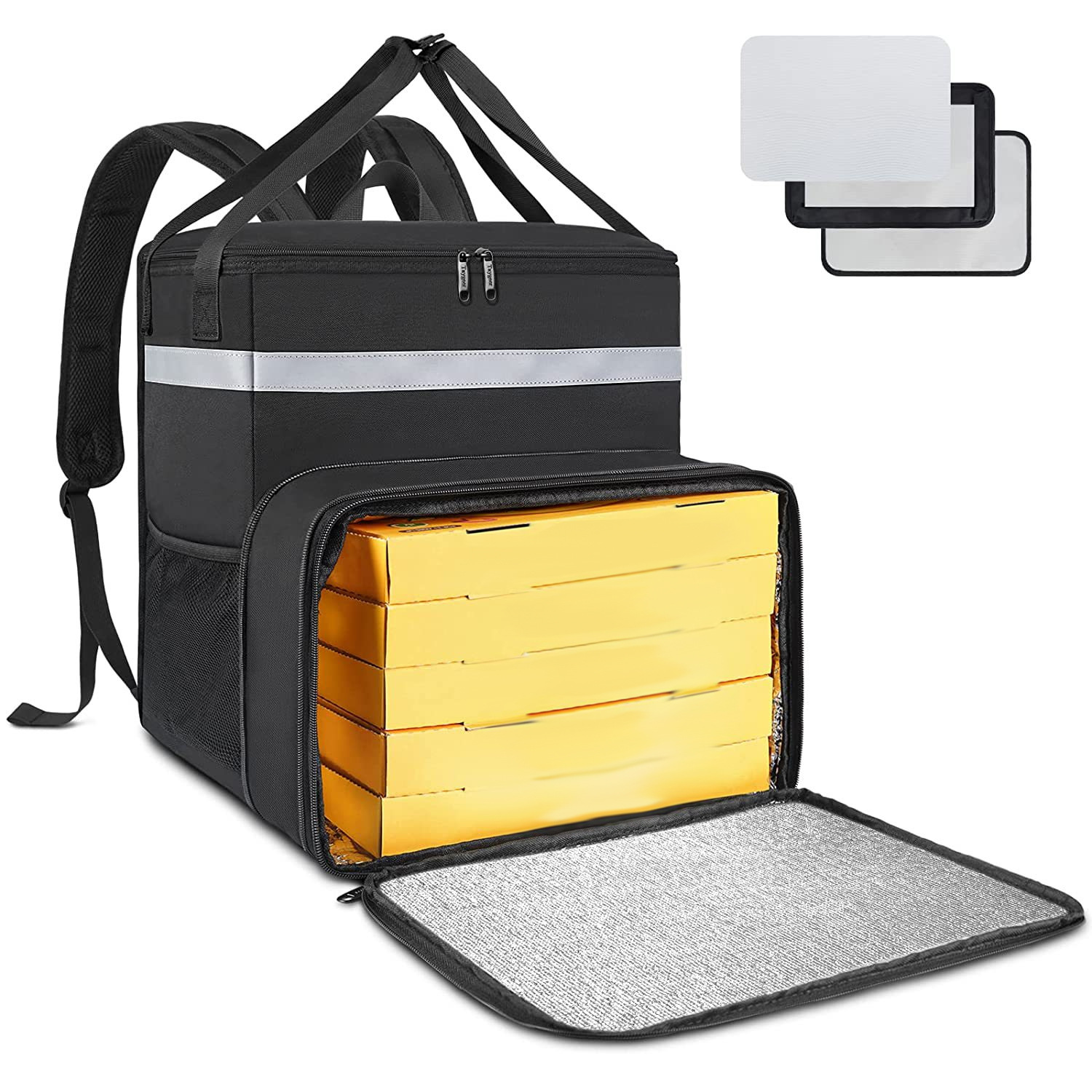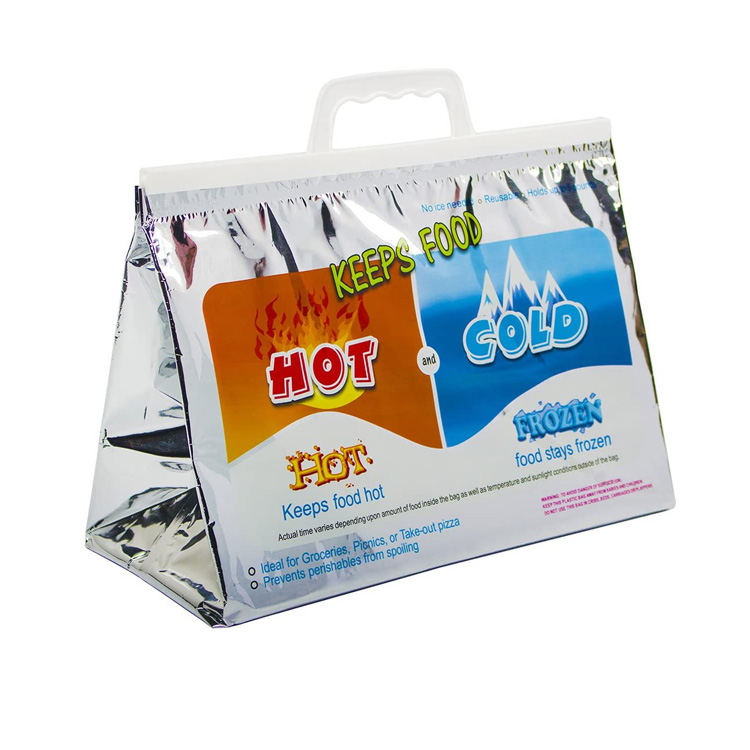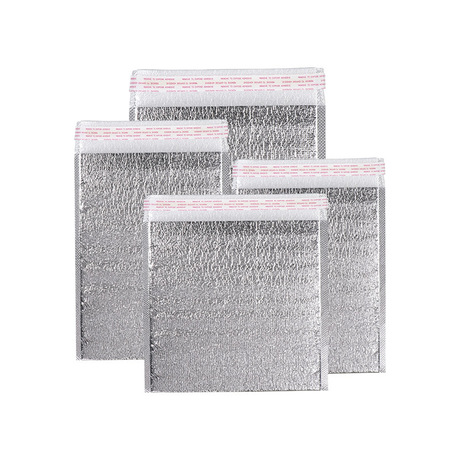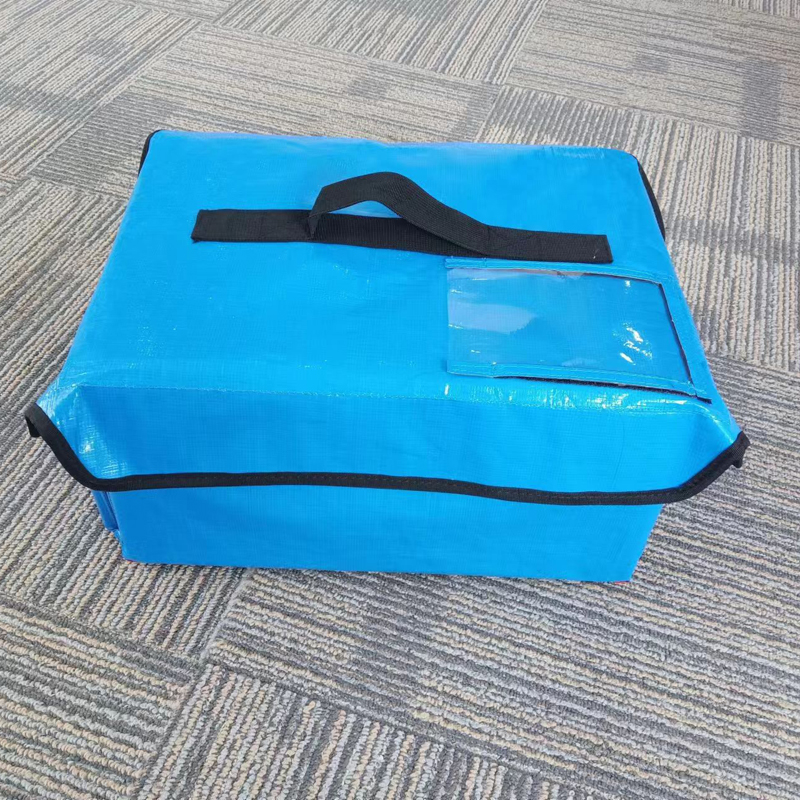Producing a qualified insulation box involves multiple steps, from design and material selection to manufacturing and quality control. The following is the general process for producing high-quality insulation boxes:
1. Design phase:
-Requirement analysis: Firstly, determine the main purpose and target market demand of the insulated box, such as food preservation, pharmaceutical transportation, or camping.
-Thermal performance design: Calculate the required insulation performance, select appropriate materials and structural designs to meet these performance requirements. This may include selecting specific types of insulation materials and box shapes.
2. Material selection:
-Insulating materials: commonly used insulating materials include polystyrene (EPS), polyurethane foam, etc. These materials have good thermal insulation performance.
-Shell material: Choose durable materials such as high-density polyethylene (HDPE) or metal to ensure that the insulation box can withstand wear and environmental impact during use.
3. Manufacturing process:
-Forming: Using injection molding or blow molding technology to manufacture the inner and outer shells of insulation boxes. These technologies can ensure that the dimensions of the parts are accurate and meet the design specifications.
-Assembly: Fill the insulation material between the inner and outer shells. In some designs, insulation materials may be formed by spraying or pouring into molds to solidify.
-Sealing and reinforcement: Ensure that all joints and connection points are tightly sealed to prevent heat from escaping through the gaps.
4. Surface treatment:
-Coating: To enhance durability and appearance, the outer shell of the insulation box may be coated with a protective layer or decorative coating.
-Identification: Print the brand logo and relevant information, such as insulation performance indicators, usage instructions, etc.
5. Quality control:
-Testing: Conduct a series of tests on the insulation box, including insulation performance testing, durability testing, and safety testing, to ensure that each product meets the established standards.
-Inspection: Conduct random sampling on the production line to ensure the consistency of quality of all products.
6. Packaging and Shipping:
-Packaging: Use appropriate packaging materials to ensure the safety of the product during transportation and prevent damage during transportation.
-Logistics: Arrange appropriate transportation methods according to customer needs to ensure timely delivery of products.
The entire production process requires strict management and high standards of execution to ensure that the quality and performance of the final product meet expectations, compete in the market, and meet consumer needs.
How to choose your favorite insulated box?
When choosing a suitable insulation box, multiple factors need to be considered to ensure that the selected product meets your specific needs. Here are some key factors to consider when choosing an insulated box:
1. Insulation performance:
-Insulation time: The insulation effect duration of different insulation boxes varies. Choose the appropriate box according to the length of insulation time needed. For example, if it is necessary to maintain low temperature for a long time, choose a box type with a more durable insulation effect.
-Temperature range: According to the temperature requirements of the items to be stored, select an insulation box that can provide the required temperature range.
2. Materials and Construction:
-High quality insulation boxes are usually made of high-efficiency insulation materials such as polyurethane or polystyrene, which can provide better insulation effects.
-Confirm the sealing of the insulation box to prevent external temperature from affecting the environment inside.
3. Capacity and size:
-Choose an appropriately sized insulated box based on the quantity and volume of items to be stored. Consider the placement of items in practical use and whether they need to be separated to optimize storage space.
4. Portability:
-If you need to move the insulation box frequently, consider choosing a model with wheels and handles for easy transportation.
-Weight is also a factor to consider, ensuring easy handling even after loading items.
5. Durability:
-Choose a well made insulation box that can withstand daily wear and tear. Consider the usage environment. If frequently used outdoors, choose materials that are scratch resistant and collision resistant on the surface.
6. Security:
-If used for storing food or medicine, ensure that the insulation box material meets food safety or pharmaceutical safety standards.
-Check if the insulation box has appropriate ventilation measures, especially when storing volatile or chemically sensitive items.
7. Budget:
-The price range of insulated boxes can range from very economical to high-end prices, depending on one’s budget and the frequency and importance of using insulated boxes.
By considering the above factors comprehensively, you can choose the insulation box that best suits your needs, whether it is used for daily food preservation or for professional transportation and storage of special items.




















